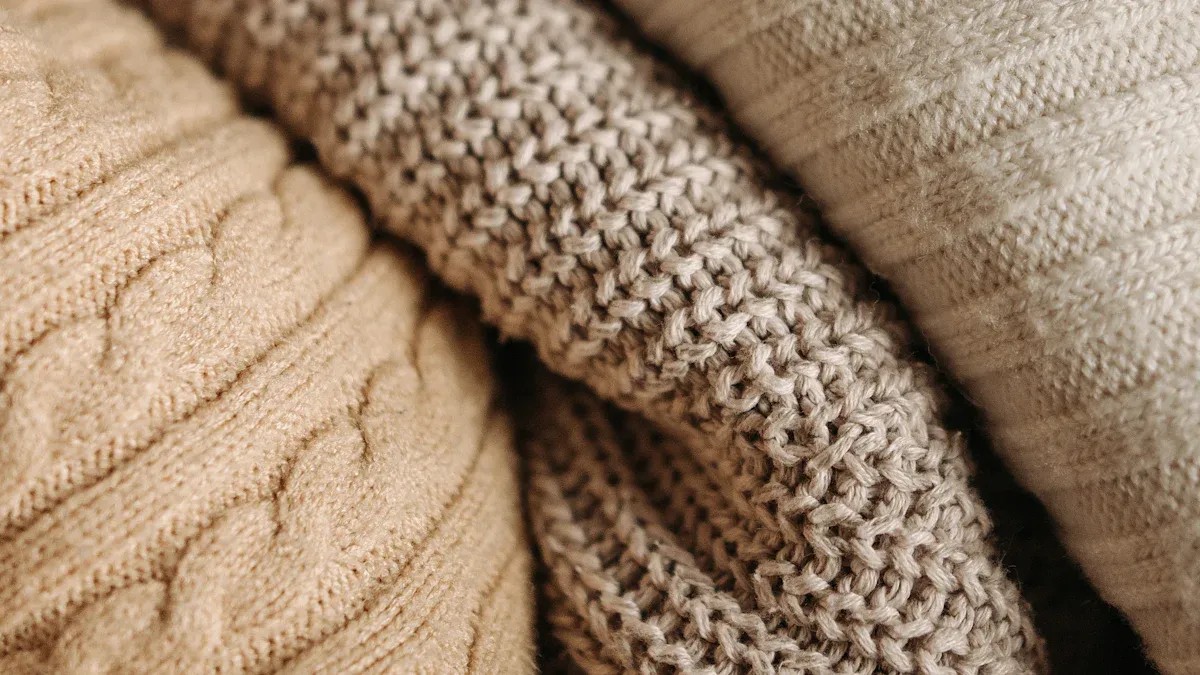
Choosing the right yarn is crucial for creating quality knitwear. The yarn you select affects the strength, softness, and overall appearance of your products. For fashion brands and buyers, understanding different yarn types is essential, as it aids in making informed decisions. This knowledge ensures that the materials align with your brand’s style and objectives. Additionally, selecting the appropriate yarn can help save costs without compromising on quality. This Knitwear Material Guide will assist you in making better choices regarding yarn.
Key Takeaways
Picking the right yarn changes how strong your knitwear is. Think about how it handles use over time.
Yarns can change how your designs look and feel. Match yarn size and feel to your brand’s style.
Knowing yarn prices helps you stick to your budget. Good yarns like wool and cotton cost more but last longer.
Natural yarns like cotton and wool are comfy and breathable. Synthetic ones like acrylic and polyester are cheaper and tough.
Always read yarn labels for details like weight, stretch, and care. This helps you choose the best yarn for your work.
Why Yarn Type Matters
Impact on Quality and Durability
The yarn you pick changes how strong your knitwear is. Each yarn type has its own benefits. Cotton is soft and breathable, great for light clothes. Wool is warm and tough, perfect for winter outfits. Think about how yarn handles wear and tear. Good wool stays smooth and keeps its shape for years. Cotton feels nice but might shrink if not treated first. Knowing these yarn traits helps you make items that last and keep customers happy.
Influence on Design and Aesthetics
Yarn affects how your designs look and feel. Wool gives texture and a cozy, fancy style. Cotton looks smooth, ideal for casual or summer clothes. Yarn thickness matters too. Thick yarns make bold designs, while thin yarns suit detailed patterns. Picking the right yarn helps match your brand’s style and attract buyers.
Cost Implications for Wholesale Buyers
Yarn choice changes how much you spend. Wool and cotton cost more but are high quality. Acrylic yarn is cheaper and looks like natural fibers. Mixed yarns combine good quality with lower prices. Knowing yarn costs helps you stick to your budget. The right yarn lets you save money without losing quality or style.
Knitwear Material Guide: Overview of Yarn Types
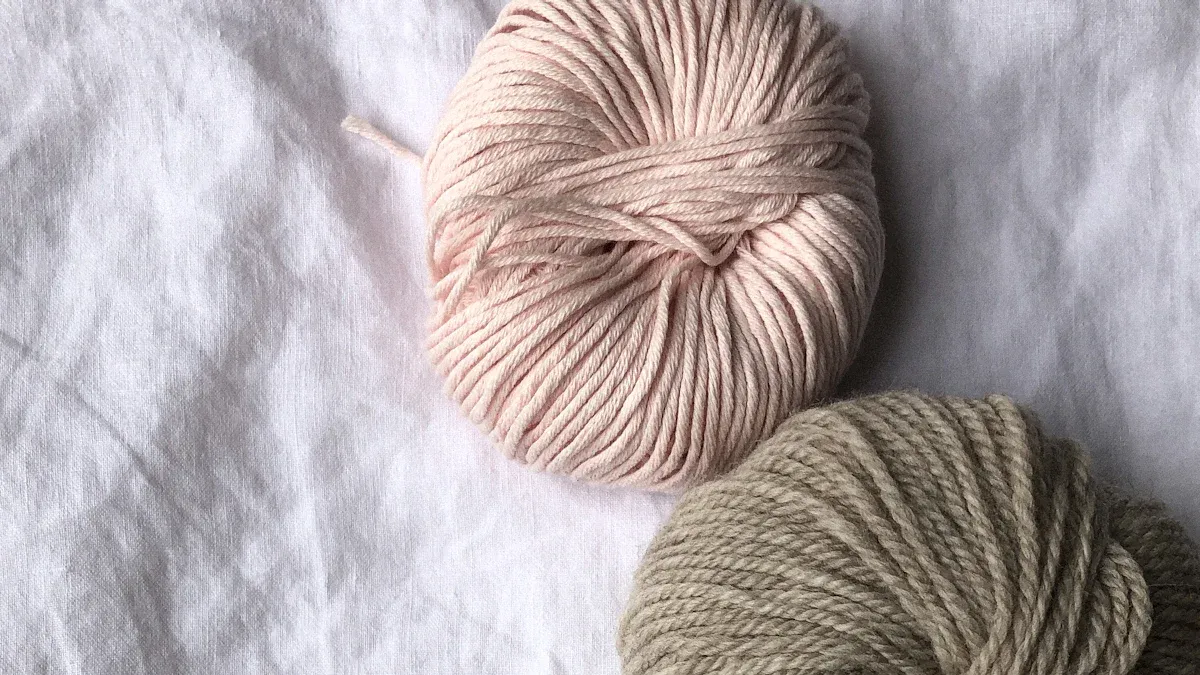
Natural Fibers (Cotton, Wool, Silk)
Natural fibers come from plants or animals. They are soft and breathable. These yarns make comfy, high-quality clothes for all seasons.
Cotton: Cotton is soft and very useful. It soaks up moisture, making it great for summer tops and casual outfits. But untreated cotton might shrink after washing. Pre-treated cotton lasts longer.
Wool: Wool is warm and stretchy. It’s perfect for winter sweaters and scarves. Its natural texture traps air, keeping you warm without feeling heavy. Wool also resists wrinkles, so clothes keep their shape.
Silk: Silk yarn feels smooth and looks shiny. It’s great for fancy clothes like evening dresses or luxury scarves. Silk is light but strong, making it ideal for delicate items.
Tip: Think about the weather and your buyers. Cotton is best for hot places. Wool and silk work well in cold or high-end markets.
Synthetic Fibers (Acrylic, Polyester, Nylon)
Synthetic fibers are made by people. They copy natural yarns but are cheaper and last longer. These yarns are popular for affordable knitwear.
Acrylic: Acrylic yarn is light, warm, and doesn’t get moth damage. It looks and feels like wool but costs less. It’s good for sweaters and blankets.
Polyester: Polyester yarn is strong, doesn’t wrinkle, and dries fast. It’s great for sportswear and outdoor clothes where durability matters.
Nylon: Nylon yarn is stretchy and strong. It’s often mixed with other fibers to make clothes like socks and fitted garments last longer.
Note: Synthetic yarns don’t breathe as well as natural ones. They’re not great for hot weather but are easy to care for and affordable.
Blended Fibers (Cotton-Polyester, Wool-Acrylic)
Blended fibers mix natural and synthetic yarns. They balance quality, cost, and eco-friendliness. These yarns are popular for their flexibility and improved features.
Cotton-Polyester: This mix combines cotton’s softness with polyester’s strength. It’s great for everyday clothes like t-shirts and light sweaters.
Wool-Acrylic: Wool-acrylic blends are warm and textured like wool but cheaper and easier to care for. They’re perfect for winter coats and cardigans.
Blended fibers are loved for their versatility:
Synthetic blends are popular because they’re cheap and durable.
Natural blends, like cotton-polyester, are eco-friendly and breathable.
Clothing brands like blended fibers for their strength and performance, making them a smart choice for wholesale knitwear.
Tip: Blended fibers are a good mix of quality and price. They’re also great for eco-friendly buyers when natural fibers are included.
Stretchy Elastic Yarn and Other Key Properties
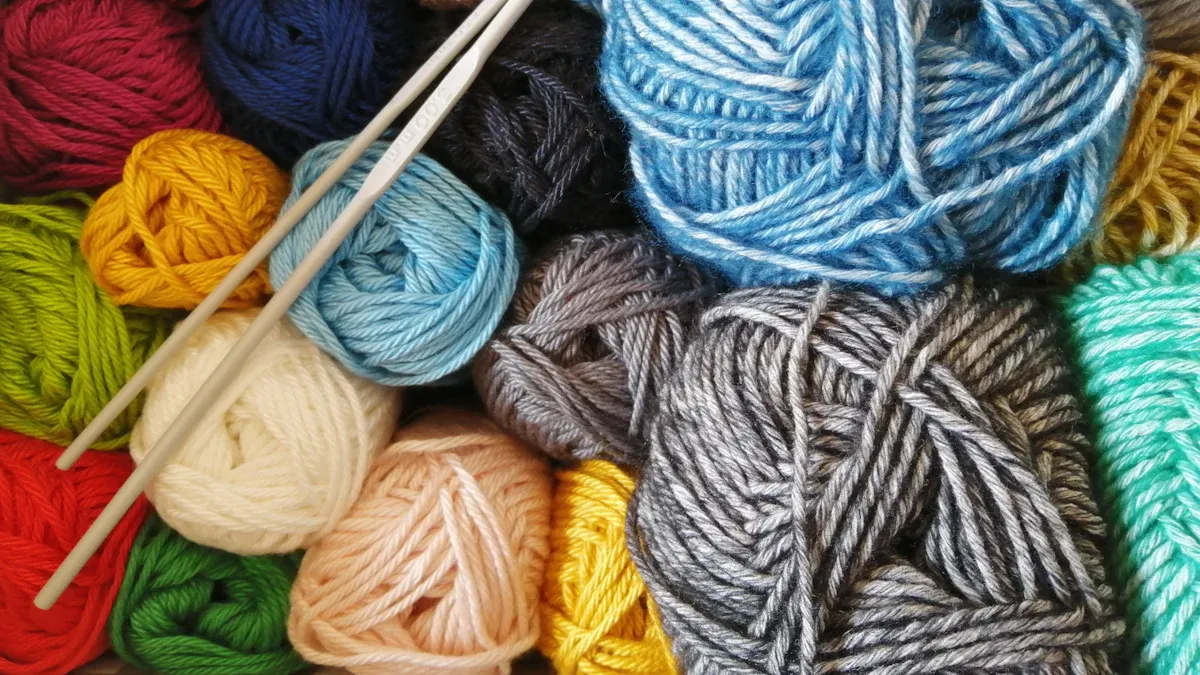
Stretchy elastic yarn is important for modern clothes. It makes garments flexible, comfy, and strong. Knowing its features helps you make items customers will love.
Texture and Appearance
Elastic yarn gives knitwear a smooth look. It keeps clothes looking neat and holding their shape. Socks and fitted clothes stay snug because of its stretchiness. Its softness makes it great for skin-touching clothes like activewear or underwear.
Weight and Thickness
Yarn weight and thickness affect how clothes feel and work. Elastic yarn is light but tough, good for delicate or strong garments. Cotton stretches 3–8%, but elastane stretches 200–900%. This high stretch lets elastic yarn handle wear without ripping. Use it for light, stretchy clothes that are stylish and useful.
Yarn Type | Stretch (%) | Strength (N) |
|---|---|---|
Cotton | 3 to 8 | N/A |
Elastane | 200 to 900 | N/A |
Color Retention and Dyeing Capabilities
Elastic yarn holds color well and dyes evenly. It keeps colors bright and lasting, which is great for bold designs. Check yarn labels to learn dyeing options for elastic yarns. Picking the right yarn helps your designs match your brand’s style.
Tip: Buy elastic yarn from trusted sellers to get good quality and reliable products.
Guide to Picking the Best Yarn for Your Knitwear
Things to Think About (Weather, Buyers, Money)
Picking the right yarn means knowing what you need. Weather, buyers, and money are key to choosing the best yarn.
Weather:
The climate where your clothes will be worn matters. Cotton yarn is great for hot places because it breathes and absorbs sweat. Wool is better for cold areas since it keeps you warm and cozy. For mixed weather, cotton-polyester blends work well because they’re flexible.Buyers:
Think about who will wear your clothes. Fancy markets like silk or cashmere for their soft and rich feel. Everyday buyers prefer acrylic or cotton yarns because they’re useful and comfy. If your buyers care about the planet, recycled wool or organic cotton are good choices.Money:
Yarn prices can be very different. Wool and silk cost more but are high quality. Acrylic and polyester are cheaper and last longer. Blended yarns mix good quality with lower prices. Always check yarn costs when planning your knitwear materials.
Tip: Look at the yarn label to learn its features like weight, stretch, and care needs. This helps you pick the right yarn for your project.
Knowing yarn is key to making great knitwear. Different yarns have special traits like softness and strength. These traits affect how your products look and feel. If you’re a buyer or fashion brand, think about yarn weight, weather, and customer needs. Always check the yarn label to pick the right material. This guide helps you choose wisely and create standout products.
FAQ
What kinds of elastic yarns are there?
Elastic yarns include elastane, spandex, and rubber-based types. These yarns stretch differently and are often mixed with cotton or polyester for softness and strength.
Why use elastic yarn in knitwear?
Elastic yarn makes clothes stretchy, comfy, and long-lasting. It helps clothes keep their shape and works well for tight outfits, sportswear, and socks.
How does stretch in elastic yarn affect clothes?
Stretch levels show how much clothes can expand and bounce back. More stretch means better comfort and flexibility. Less stretch gives more support and structure.
What should you check on a yarn label?
Look at yarn weight, fiber mix, and care tips on the label. These details help you pick the right yarn for your project.
Where can you buy elastic yarn?
Buy elastic yarn from yarn shops, online stores, or wholesale sellers. Choose trusted sellers to get good-quality yarn for your needs.






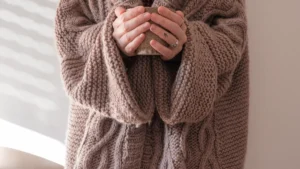
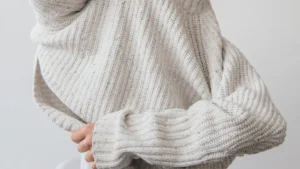


19 thoughts on “Knitwear Material Guide: A Visual Comparison of Yarn Types for Wholesale Buyers and Fashion Brands”
Pingback: The Ultimate Knitting Guide for Beginners: From Casting On to Stylish Knit Sweaters
Pingback: Knitting Patterns: From Casting Off to Crafting Your First Knitted Sweater
Pingback: The Craftsmanship Behind Premium Knit Dresses: What Global Buyers Should Know
Pingback: Knit Dresses for Women: Year-Round Staples That Redefine Comfort and Style
Pingback: Best Knitwear Manufacturing Companies in Israel for 2025
Pingback: Top Knitwear Manufacturer in Lithuania Loved for Local Quality
Pingback: Top Knitwear Manufacturers in Georgia for 2025 Rankings
Pingback: Top Washington Knitwear Manufacturers for Small Batch Production
Pingback: Best Places to Find Custom Knitwear Producers in Seattle
Pingback: 10 Must-Know Custom Knitwear Producers in Cincinnati
Pingback: Double knit jacquard versus other knit fabrics which should you choose
Pingback: Top 10 Knitting Manufacturers in Cleveland for 2025
Pingback: Best-Ranked Custom Knitwear Makers in Madrid for 2025
Pingback: Best-Rated Knitwear Producers in Rome This Year
Pingback: Reliable Milan Knitwear Factories to Partner With in 2025
Pingback: 10 Leading Custom Knitwear Producers in Warsaw for 2025
Pingback: Top Pintuck Knit Tops that fashion buyers are loving in 2025
Pingback: Florence’s Best Custom Knitwear Companies to Consider
Pingback: Top 10 Knit Garment Suppliers in Stuttgart for 2025